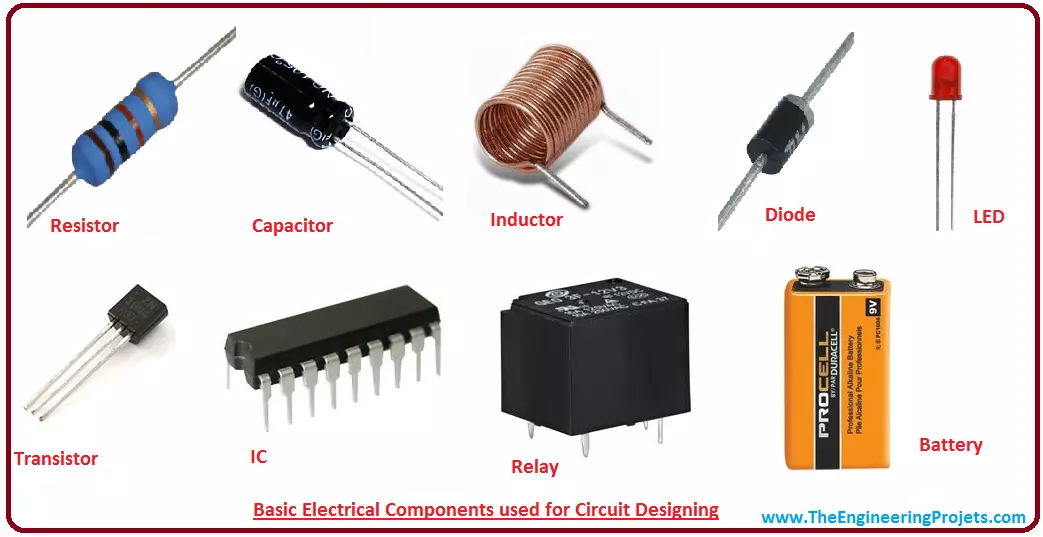
In the realm of electronics, circuit design serves as the foundation on which all devices and systems are built. As the famous inventor and electrical engineer, Nikola Tesla, once said, “The present is theirs; the future, for which I really worked, is mine.” This statement rings particularly true for those involved in circuit design, a field that continuously shapes the future. Here, we delve into the essential elements of circuit design, breaking down key components, design considerations, and the processes that bring it all together.
Components: The Building Blocks
Every electronic circuit is composed of fundamental components, each with a unique function. Understanding these components is the first step in successful circuit design.
- Resistors: These are used to control the amount of current flowing through different sections of a circuit. For instance, in an LED circuit, a resistor is used to limit the current to a safe level for the LED.
- Capacitors: These store and release electrical energy. In a radio tuning circuit, for example, capacitors are used alongside inductors to create a resonant frequency.
- Inductors: Inductors resist changes in current and are used in circuits where current stabilization is needed, like in power supply filters.
- Semiconductor devices: This category includes diodes, transistors, and integrated circuits (ICs). Semiconductors are at the heart of most modern electronic circuits, from amplifiers to microcontrollers.
Design Considerations: The Blueprint for Success
Once you’ve understood the basic components, the next stage is to consider design factors. These factors depend heavily on the purpose of the circuit, but common ones include:
- Power requirements: Every circuit needs a power source, and its specifications will influence the design. For example, a circuit designed for a 5V power supply will be different from one intended for a 12V supply.
- Load conditions: The load refers to the part of the circuit that consumes power. Understanding the load conditions helps to design a circuit that can provide the necessary power efficiently.
- Environmental conditions: Conditions like temperature, humidity, and electromagnetic interference can affect circuit performance. For example, circuits used outdoors may require components with higher temperature and moisture resistance.
- Regulatory standards: Depending on the nature and purpose of the circuit, different regulatory standards may apply. These could relate to safety, electromagnetic compatibility, or energy efficiency.
Process: From Idea to Implementation
Circuit design is a process that begins with a problem or goal, followed by iterative steps of design, testing, and refinement.
- Defining the Problem/Goal: Whether it’s amplifying a signal or controlling a robot, the design process starts by clearly defining what the circuit must do.
- Schematic Design: This is where the components and their connections are laid out in a diagram. Software tools like SPICE or Eagle CAD can help with this step.
- Prototype Construction: The next step is to build a prototype, often on a breadboard or a prototype PCB. This allows the design to be tested and adjusted as necessary.
- Testing and Refinement: Once the prototype is built, it’s tested under various conditions. Based on the test results, the design is refined and retested as many times as necessary.
- Final Design and Production: After the design has been thoroughly tested and refined, the final circuit design can be produced, either as a PCB or integrated into a larger system.
In the Spirit of Innovation
In essence, circuit design is a practice that embodies both technical knowledge and creative problem-solving. By mastering the elements of circuit design, one can turn ideas into innovative, functional electronic solutions. Just as Tesla foresaw the future in his work, those delving into circuit design today are shaping the technology of tomorrow. The journey from basic components to a working circuit may be challenging, but as any seasoned designer would agree, it’s undeniably rewarding.















